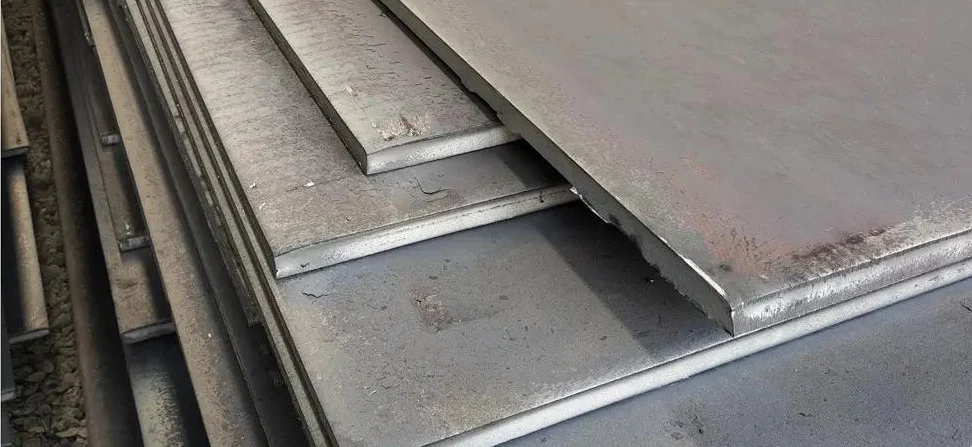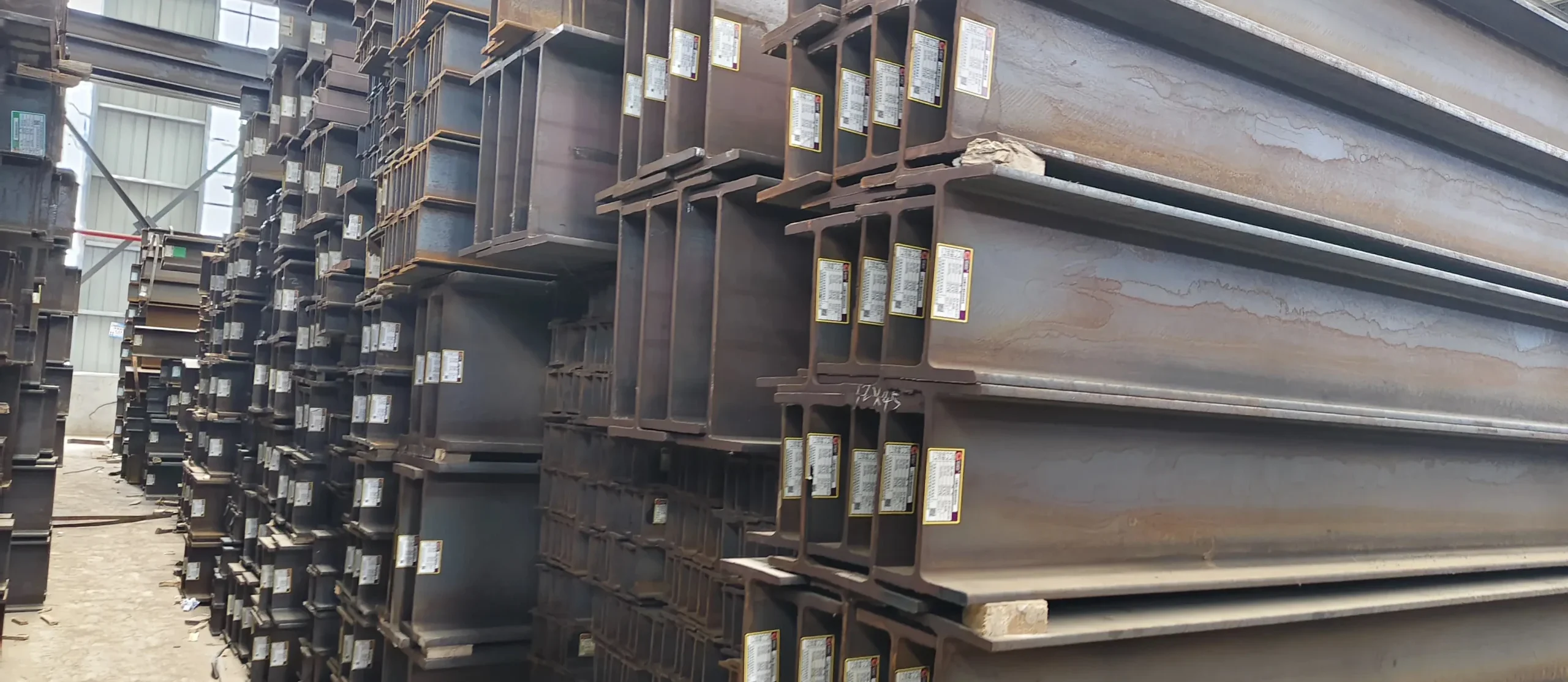Effects and effects of various elements on the properties and structure of stainless steel

There are more than 100 chemical elements currently known, and about twenty chemical elements can be encountered in steel materials commonly used in the industry.
For the special steel series of stainless steel, which is formed by people’s long-term struggle against corrosion, there are more than a dozen common elements. In addition to the basic element iron, which makes up steel, it has the greatest influence on the performance and organization of stainless steel elements are: carbon, chromium, nickel, manganese, silicon, molybdenum, titanium, niobium, titanium, manganese, nitrogen, copper, cobalt, etc.
1. The decisive role of chromium in stainless steel: To date, there is no stainless steel without chromium. The reason why chromium has become the main element that determines the performance of stainless steel is that the addition of chromium as an alloying element to the steel has promoted its contradictory movement to the development of resistance to corrosion damage.
We can also say: no stainless steel pipe in the world is chrome-free
This change can be explained in the following ways:
I. Chromium increases the electrode potential of iron-based solid solution
II. Chromium absorbs the electrons of iron to passivate iron. The phenomenon that the corrosion resistance of metals and alloys is improved due to the anode reaction being prevented. There are many theories of passivation of metals and alloys, mainly including film theory, adsorption theory and electron arrangement theory.
2. The role of nickel in stainless steel is only after it is combined with chromium. Nickel is an excellent corrosion-resistant material and an important alloying element for alloy steels.
Nickel is an austenite-forming element in steel, but to obtain a pure austenitic structure, low-carbon nickel steels must contain 24% nickel; and only 27% nickel can make the steel resistant to certain media Corrosion performance changed significantly. So nickel cannot constitute stainless steel alone. However, when nickel and chromium are present in stainless steel at the same time, nickel-containing stainless steel has many valuable properties.
III. Manganese and nitrogen can replace the advantages of nickel-chromium-nickel austenitic steels in chromium-nickel stainless steels, but in recent decades, due to the large number of developments and applications of nickel-based heat-resistant alloys and heat-resistant steels containing less than 20% nickel, As the chemical industry is growing, the demand for stainless steel is increasing, and the amount of nickel deposits is small and concentrated in a few regions. Therefore, the contradiction between supply and demand of nickel has occurred worldwide. Therefore, in the fields of stainless steel and many other alloys (such as steel for large castings and forgings, tool steel, heat-strength steel, etc.), especially in countries where nickel resources are relatively scarce, the science of nickel conservation and the replacement of nickel with other elements has been widely developed. Research and production practice. In this aspect, more research and application are to replace manganese and nitrogen with nickel in stainless steel and heat-resistant steel.
IV. Many applications are to replace manganese and nitrogen with nickel in stainless steel and heat-resistant steel.
In terms of improving the corrosion resistance of steel, manganese has little effect. For example, the content of manganese in steel changes from 0 to 10.4%, which does not change the corrosion resistance of steel in air and acid. This is because manganese has little effect on increasing the electrode potential of the iron-based solid solution, and the protective effect of the formed oxide film is also low. Therefore, although there are austenitic steels (such as 40Mn18Cr4, 50Mn18Cr4WN, ZGMn13 steel) alloyed with manganese in the industry Etc.), but they cannot be used as stainless steel.
The effect of manganese in stabilizing austenite in steel is about one-half of that in nickel, that is, the role of 2% nitrogen in stabilizing austenite in steel is also greater than that of nickel. For example, if steel containing 18% chromium is required to obtain an austenite structure at room temperature, low-nickel stainless steels with manganese and nitrogen-substituted nickel and chromium-manganese-nitrogen non-alloyed steels have been used in the industry. Some Has successfully replaced the classic 18-8 chromium-nickel stainless steel.
V. Titanium or niobium is added to stainless steel to prevent intergranular corrosion.
VI. Molybdenum and copper can improve the corrosion resistance of some stainless steels.
VII. Influence of other elements on the properties and structure of stainless steel
The effects of the above main elements on the performance and structure of stainless steel. In addition to the elements that have a greater effect on the performance and structure of stainless steel, stainless steel also contains some other elements.
Some are the same as ordinary steels, such as silicon, sulfur, phosphorus, etc. Some are added for some specific purposes, such as cobalt, boron, selenium, rare earth elements and so on. From the main nature of the corrosion resistance of stainless steel, these elements are non-main aspects relative to the nine elements discussed. However, they cannot be completely ignored because their performance and organization of stainless steel also occur. influences.



